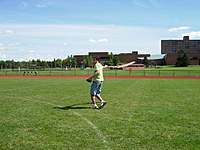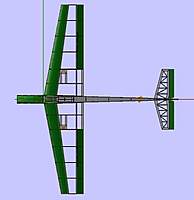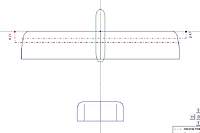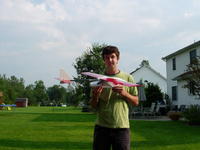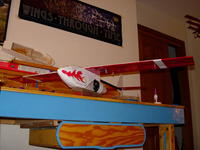Comments (4)
Add Comment
-
 Views: 508
Views: 508
Streamlines: NACA 0006 @ 8 degrees -
 Views: 360
Views: 360
Velocity vectors at the leading edge -
 Views: 341
Views: 341
Surface pressure vectors (computed at each panel) -
 Views: 367
Views: 367
Velocity field colormap -
 Views: 413
Views: 413
Pressure field colormap -
 Views: 339
Views: 339
Effect of increasing number of panels on calculated lift coefficient -
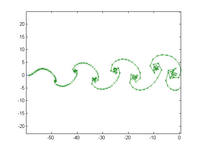 Views: 372
Views: 372
Wake shape after 4 cycles. The little blue speck on the left is the airfoil which moves to the left and oscillates up and down and in pitch.
-
 Views: 528
Views: 528
Plot of the Lorenz attractor using ODE_systems.xls -
 Views: 302
Views: 302
Comparison of Matlab and Excel spreadsheet using a transfer function and data from a T-37 cruising at 30,000 feet. -
 Views: 326
Views: 326
Another comparison, this time for angle of attack response. Matlab and excel linear approximations match up exactly, and are very close to the full nonlinear simulation. This is for an F-16.
-
 Views: 707
Views: 707
G-Ride on the ground -
 Views: 435
Views: 435
-
 Views: 490
Views: 490
G-Ride -
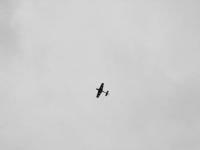 Views: 506
Views: 506
This picture shows the striped pattern on the underside of the G-Ride wing. -
 Views: 510
Views: 510
Nice picture, a little off center though -
 Views: 553
Views: 553
G-Ride taxiing -
 Views: 509
Views: 509
Dystraction pulling inverted in a loop -
 Views: 483
Views: 483
Inverted flight with the Dystraction
-
 Views: 776
Views: 776
Clockwise from left: Stevensaero Dystraction, Toddsmodels Tiny-X, Stevensaero G-Ride, Esky HB King, Esky HB CP2 -
 Views: 559
Views: 559
Dystraction -
 Views: 659
Views: 659
-
 Views: 612
Views: 612
-
 Views: 653
Views: 653
Esky Honeybee King -
 Views: 553
Views: 553
MaxiR: awesome heli but unfortunately is my only airworthy craft at the moment. The others need some work and/or parts. -
 Views: 544
Views: 544
-
 Views: 545
Views: 545






